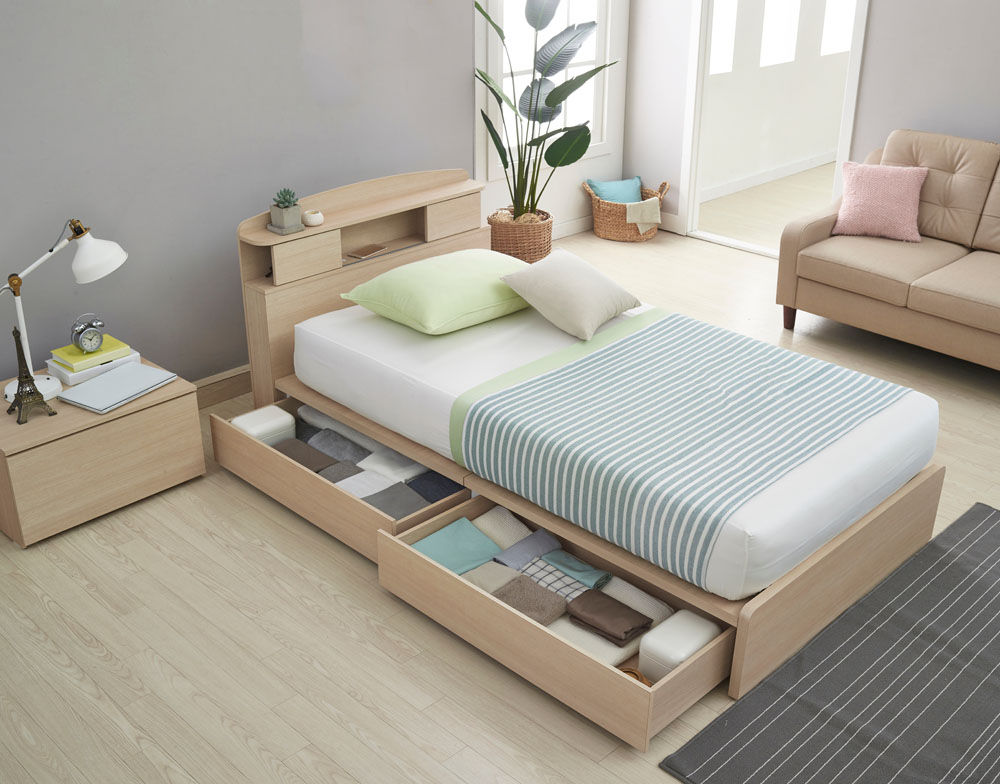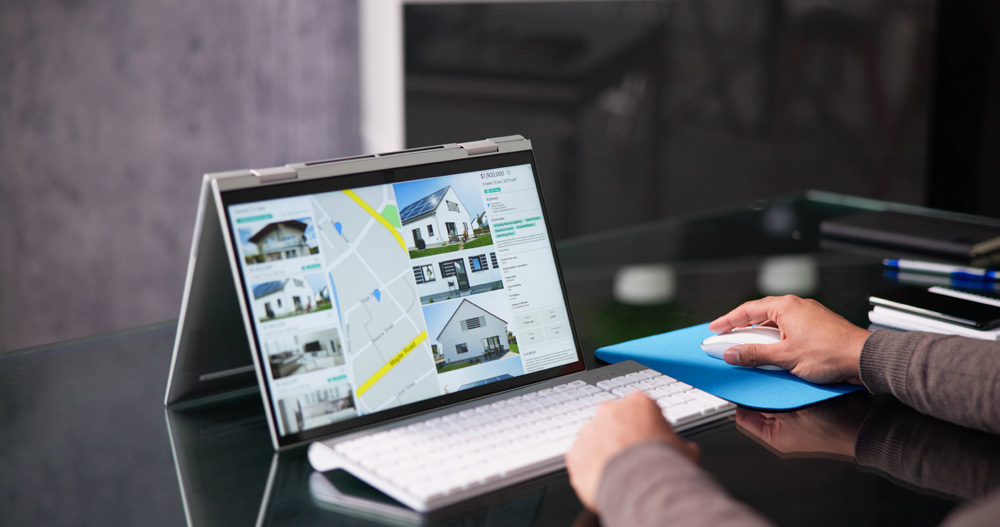Don’t Skip These Questions: What to Ask During a Home Showing

When you’re in the market for a new home, attending a home showing can be an exciting yet overwhelming experience. It’s easy to get swept away by beautiful interiors and scenic views, but remember to keep a level head. To make an informed decision, it’s crucial to ask the right questions during a home showing. Here’s a guide to the essential questions you should ask your realtor:
1. What Is the Home’s History?
Understanding a home’s past can reveal a lot about its future. Ask your realtor about:
- Previous owners: How many times has the home changed hands?
- Reason for selling: Why are the current owners moving out?
- Past issues: Were there any previous problems with the home, such as structural issues or repairs?
2. What Is the Neighborhood Like?
The location of your new home is just as important as the house itself. Inquire about:
- Safety: What is the crime rate in the area? Are there neighborhood watch programs?
- Schools: Are there reputable schools nearby?
- Amenities: What kind of shopping, dining, and recreational facilities are available?
3. How Long Has the Property Been on the Market?
The time a home has been on the market can provide insights into potential issues or pricing.
- Market time: Has the home been on the market for an unusually long period?
- Price adjustments: Have there been any price reductions, and if so, why?
4. What Are the Estimated Utility Costs?
Understanding the cost of living in the home can help you plan your budget effectively.
- Utilities: What are the average monthly utility costs, including electricity, water, and gas?
- Taxes: How much are the property taxes, and have they increased recently?
5. Are There Any Planned Developments Nearby?
Future developments can impact your quality of life and the property’s value.
- Construction projects: Are there upcoming construction projects in the area?
- Zoning changes: Are there any expected changes in zoning laws that might affect the neighborhood?
6. What Are the Home’s Unique Features?
Every home has its unique features that could be potential selling points or deal breakers.
- Upgrades: Are there any recent upgrades or renovations?
- Energy efficiency: Is the home energy-efficient? Does it have solar panels or energy-saving appliances?
- Outdoor space: What does the outdoor space offer? Is there a yard, garden, or pool?
7. What Is Included in the Sale?
Clarify what is and isn’t included in the sale to avoid any surprises later.
- Appliances: Are major appliances like the refrigerator, washer, and dryer included?
- Furniture: Is any of the furniture part of the sale?
- Fixtures: Are light fixtures, curtains, or blinds included?
8. Are There Any Homeowners Association (HOA) Fees?
If the home is part of an HOA, you’ll need to consider additional costs and rules.
- HOA fees: How much are the monthly or annual fees?
- Rules and regulations: What are the community rules you’ll need to follow?
9. What Are the Potential Resale Value and Market Trends?
Understanding the investment potential of the property is vital for your financial planning.
- Appreciation: How has the property value changed over time?
- Market trends: What are the current real estate market trends in the area?
10. Can We Conduct a Home Inspection?
A thorough home inspection is crucial to uncover potential issues before closing the deal.
- Inspection reports: Are there any existing inspection reports available?
- Inspection contingencies: Can you include a home inspection as a contingency in your offer?
Final Thoughts
Buying a home is one of the most significant investments you’ll ever make, so it’s essential to gather as much information as possible. Asking these key questions during a home showing will not only help you understand the property better but also empower you to make an informed decision. Remember, a good realtor will be more than happy to provide detailed answers and guide you through the process. Happy house hunting!
Compliments of Virtual Results





 As the line between indoor and outdoor living continues to blur, more homeowners are transforming their outdoor areas into functional and stylish extensions of their homes. Outdoor living spaces not only enhance your lifestyle but also add value to your property. In this ultimate guide, we’ll explore how to create the perfect outdoor oasis that suits your needs, style, and budget.
As the line between indoor and outdoor living continues to blur, more homeowners are transforming their outdoor areas into functional and stylish extensions of their homes. Outdoor living spaces not only enhance your lifestyle but also add value to your property. In this ultimate guide, we’ll explore how to create the perfect outdoor oasis that suits your needs, style, and budget. Investing in real estate has long been considered one of the most reliable ways to build and maintain wealth. Whether you’re a seasoned investor or just starting out, understanding the myriad benefits of real estate investment can help you make informed decisions. Here’s a look at some of the top advantages of diving into the real estate market.
Investing in real estate has long been considered one of the most reliable ways to build and maintain wealth. Whether you’re a seasoned investor or just starting out, understanding the myriad benefits of real estate investment can help you make informed decisions. Here’s a look at some of the top advantages of diving into the real estate market. When it comes to buying or selling a home, partnering with a knowledgeable real estate agent can make all the difference. However, not all agents are created equal, and it’s crucial to ensure your chosen professional is the right fit for your needs. Here are ten essential questions to ask your real estate agent to ensure you make the best decision.
When it comes to buying or selling a home, partnering with a knowledgeable real estate agent can make all the difference. However, not all agents are created equal, and it’s crucial to ensure your chosen professional is the right fit for your needs. Here are ten essential questions to ask your real estate agent to ensure you make the best decision.
 Purchasing a home is a significant milestone, and for many, it represents the culmination of years of hard work and planning. One of the first crucial steps in this process is getting pre-approved for a mortgage. This not only sets your budget but also signals to sellers that you are a serious buyer. Here’s a comprehensive guide on how to get pre-approved for a mortgage, helping you navigate this vital step with confidence.
Purchasing a home is a significant milestone, and for many, it represents the culmination of years of hard work and planning. One of the first crucial steps in this process is getting pre-approved for a mortgage. This not only sets your budget but also signals to sellers that you are a serious buyer. Here’s a comprehensive guide on how to get pre-approved for a mortgage, helping you navigate this vital step with confidence. Searching for your dream home is an exciting yet daunting journey. It’s a process that involves careful planning, thorough research, and sometimes a bit of patience. Whether you’re a first-time homebuyer or looking to upgrade to your forever home, here are some essential tips to help you navigate the path to finding your perfect abode.
Searching for your dream home is an exciting yet daunting journey. It’s a process that involves careful planning, thorough research, and sometimes a bit of patience. Whether you’re a first-time homebuyer or looking to upgrade to your forever home, here are some essential tips to help you navigate the path to finding your perfect abode.
 Are you a first-time homebuyer looking to dip your toes into the real estate market? Navigating the world of homeownership can be daunting, but one option that might be perfect for you is purchasing a condominium. Condos offer a unique blend of benefits that can make them an ideal choice for first-time buyers. Let’s explore why a condo might be the perfect place to start your homeownership journey.
Are you a first-time homebuyer looking to dip your toes into the real estate market? Navigating the world of homeownership can be daunting, but one option that might be perfect for you is purchasing a condominium. Condos offer a unique blend of benefits that can make them an ideal choice for first-time buyers. Let’s explore why a condo might be the perfect place to start your homeownership journey.

 Catch Our Feed
Catch Our Feed Subscribe via Email
Subscribe via Email Follow Our Tweets
Follow Our Tweets Friend Us On Facebook
Friend Us On Facebook Watch Us On Youtube
Watch Us On Youtube